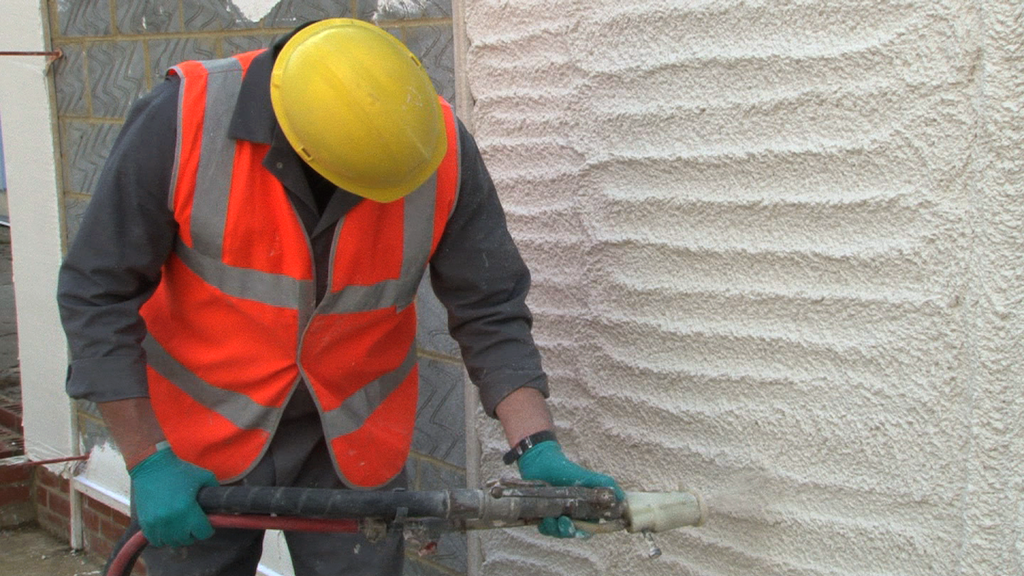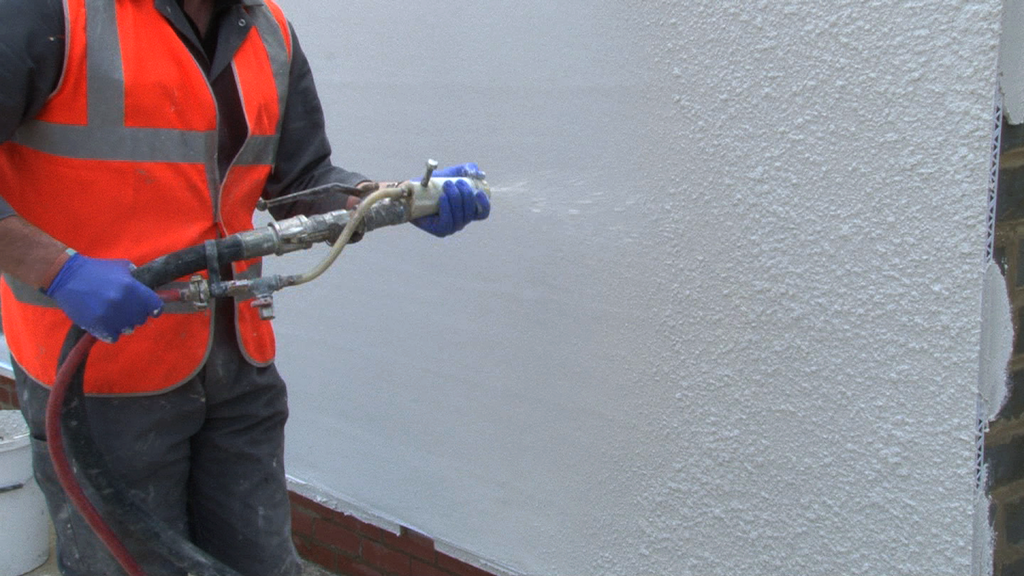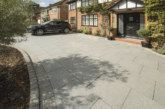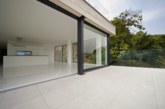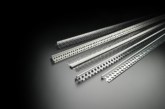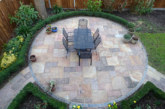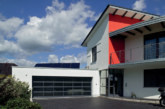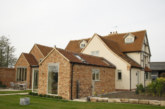Paul Roberts, national technical support manager for Saint-Gobain Weber sets out his top rendering tips.
When applied correctly, modern renders offer homebuyers a low maintenance, durable finish they won’t have to worry about once you hand the keys over. Features such as one-coat and pump application are designed to cut time on site and integrated biocide helps to reduce the natural occurrence of algae on surfaces.
However, if render isn’t applied by a fully trained professional, it can be costly to fix. Remediation costs will depend on the level of work needed, but render isn’t designed to come off, so can damage the substrate when being removed.
However, there are lots of preventative measures that can be taken before it gets to that stage.
Manage movement in the substrate
The most common issue we see is cracking in the render because of movement. These stresses are usually caused by drying or shrinkage of masonry which causes cracks in the façade.
The movement joints must be implemented as in the architect’s drawing. The position and number of joints is dependent on the height and length of the wall, the materials used and the openings needed. This movement control is designed to allow the stress to dissipate into the joint.
Check render thickness
Thickness requirements are impacted by location, orientation and exposure to wind and rain.
The recommended thickness for sheltered to moderate exposure is 15mm. In more severe environments, such as coastal properties, this increases to 20mm.
The type of cavity wall insulation also has an impact. For a full fill cavity, the render must be thicker to provide two lines of defence against water infiltration.
If the render has not been applied thickly enough, the outline of the blockwork can become visible, also known as ghosting. This happens because of penetrating dampness from the underlying masonry.
Ghosting should lessen once the blocks are fully dry and the render is fully cured. If this doesn’t solve the problem, there are two options: painting it with a water-resistant paint, such as webersil P, or increasing the render thickness. If choosing the latter, the area should be stripped of any paint or coating, cleaned, dried and sound before re-rendering.
If there are any doubts over thickness requirements, check with the manufacturer.
Avoid colour or texture variation
Issues with colour consistency are usually caused by operative issues. Check the batch number before mixing. If they are different, mix the products together to ensure colour continuity.
Texture variation can be caused by scaffold position, scarring caused by not maintaining a wet edge when applying the product, or lack of continuity in mixing.
The key to preventing variation is consistency. Complete walls in close proximity and in the same timeframe, using the same amount of water, application and finishing techniques.
Prevent algae growth
Algae can grow on almost any surface, but it is more obvious on light coloured facades. While it doesn’t impact the performance, it’s one of the most common issues we’re asked about.
Properties in coastal, woodland or any damp areas with slow drying conditions or less direct sunlight are more susceptible to algae.
Architectural detailing such as big eaves and sills can help by directing water away from the property. Cleaning the render with an algae biocide will help to prevent noticeable build-up of algae or other environmental contaminants.
Keep up to date with training
As products develop and techniques change, it’s important to keep up to date with the latest best practice.
Weber’s Render Best Practice Presentation is mapped to relevant insurer standards. It covers render solutions engineered in line with industry requirements, preparation and working with the environment, and application of render.


